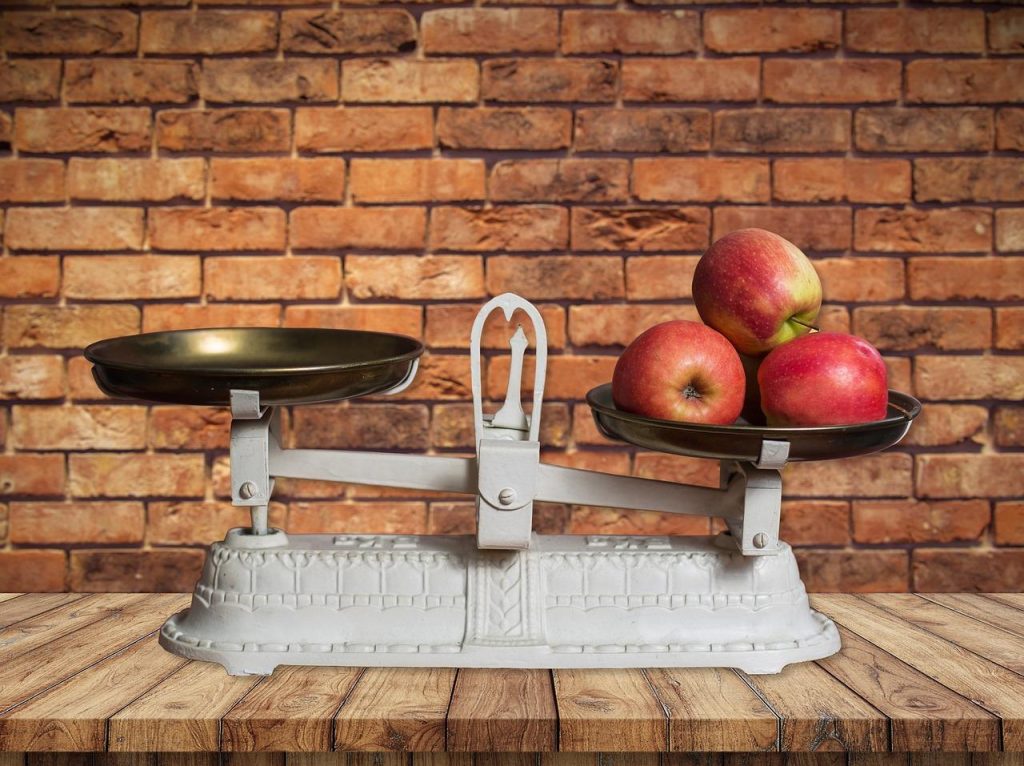
The Science Behind Perfecting Portions: A New Look at How We Measure Meals
Although every recipe has a standard portion size, this measurement may not be a suitable amount for every individual. Rather than just taking a chance at cooking the right quantity, measuring portion size is a helpful way to gauge how much we need to cook in order to feel satisfied. In addition, measuring portions helps reduce food waste and ensures ingredients are fully used and not wasted. With a focus on reducing food waste, let’s take a look at the science behind perfecting portions.
Why Measuring Portions is Important
While it’s easy to overlook the importance of measuring portions, measuring your portions does offer many benefits. For those who often cook for one, using meals for one can simplify the process, providing perfectly portioned ingredients and reducing food waste. If you feel full before finishing your meal or feel like you haven’t had enough, then it is important to look at your portion sizes and see what needs adjusting. This helps prevent feeling bloated, hungry or unsatisfied after meals. Portion sizes can be used to manage diets and balance nutrient intakes where needed. Finally, measuring portion sizes ensures you don’t waste as much food, particularly when it comes to individual ingredients. By measuring the correct portion sizes for each ingredient, you can make sure you have the correct quantity to make each recipe precisely every time.
The Science of Portion Measurements
Research has shown that as portion sizes of many foods have increased, people’s appetites have grown to match. Likewise, by decreasing portion sizes gradually, people tend to eat less. As such, there are a number of ways to measure portion sizes and adjust accordingly. Seeing how much you can fit on your plate or in your hands is one way to create a portion guide. Drinking more water or eating slower may also decrease the amount of food you need in your daily portion. When purchasing ingredients, consider how much you need for recipes, and try to use leftover ingredients in other recipes. Also, check the nutritional labels on food products to make informed decisions about portion sizes.
Measuring Portions in Meal Kits
Meal delivery services provide ingredients and recipes to create a range of easy meals at home. A big advantage of this is that all ingredients are measured before delivery. This negates the complication of measuring ingredients yourself and trying to purchase the right amount every time at the supermarket or grocery store. Ingredients are also measured according to how many meals are needed per week and for how many people per family. While having pre-measured meals delivered is helpful, there are ways to portion food yourself without the process becoming too complicated.
Strategies for Measuring Meal Portions
- Use the nutritional label to determine the number of servings per meal. You can use this number to determine your portion size, either by weighing your food and dividing it by the number of servings or by using a measuring cup.
- Use a plate to determine an appropriate portion size. See how much you can fit on your plate and try to include a quarter plate of protein, a quarter of carbs, and half a plate of vegetables or salads.
- Use your hands to work out how much you need. Add a palm size or two of protein, a fist size or two of vegetables or salads, and a cupped hand or two of carbohydrates.
- If dining out, ask for half a portion of your meal. Many restaurants serve large portions, so this will spare you from eating too much.
- Eat slowly and drink plenty of water before meals. This will help reduce the amount of food you need to consume in order to feel fully satisfied.

“Incurable web evangelist. Hipster-friendly gamer. Award-winning entrepreneur. Falls down a lot.”
